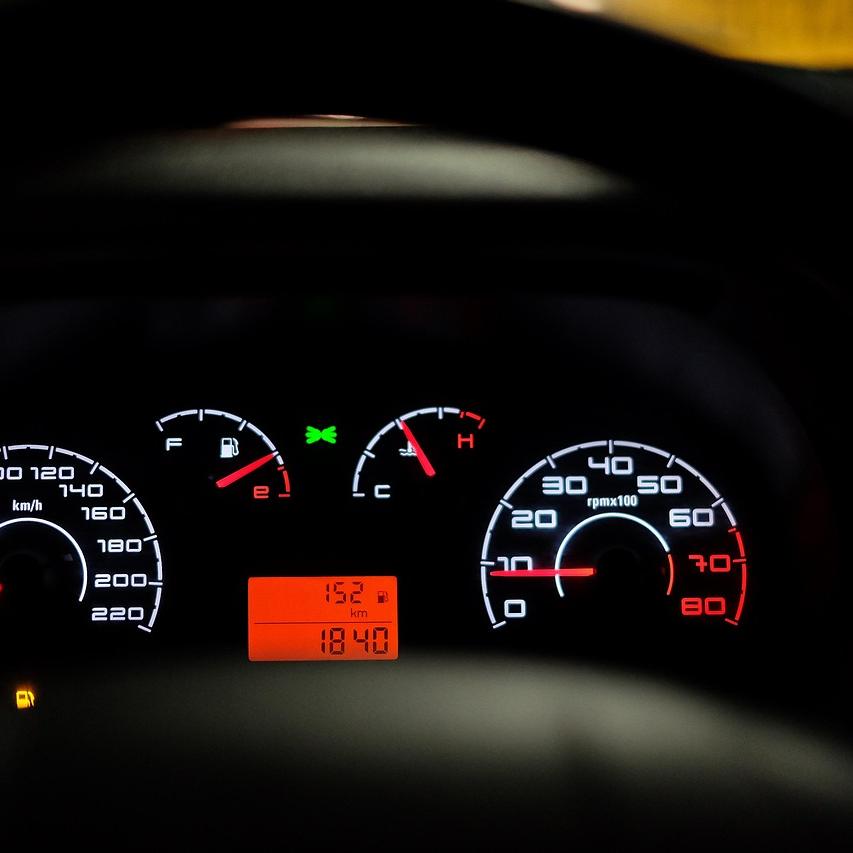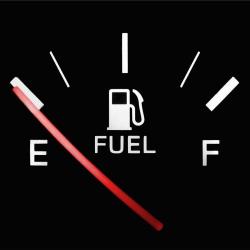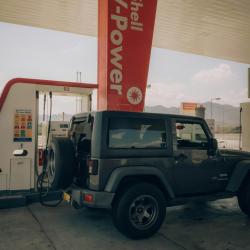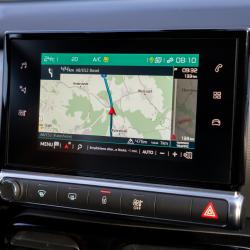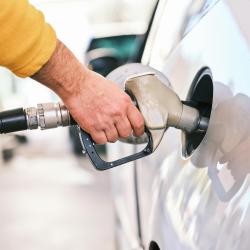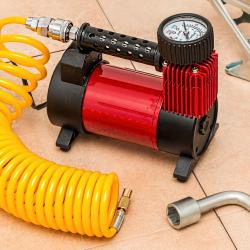How to Reduce Fuel Consumption During Long Drives
Long drives, while often necessary for business or pleasure, can lead to significant fuel use, impacting both your wallet and the environment. Fortunately, there are several strategies you can employ to reduce fuel consumption during long journeys. Here's how you can make your next road trip more efficient and eco-friendly.
1. Vehicle Maintenance is Key
Before setting out on a long drive, ensure your vehicle is in optimal condition. Regular maintenance can significantly affect fuel efficiency:
-
Tire Pressure: Under-inflated tires create more rolling resistance, forcing your engine to work harder and consume more fuel. Make sure tires are inflated to the manufacturer’s recommended levels.
-
Engine Tuning: A well-tuned engine can improve fuel efficiency by up to 4%. Regularly check and replace air filters, spark plugs, and other engine components to maintain optimal performance.
-
Oil Changes: Use the recommended grade of motor oil. Some oils are designed to improve fuel economy by reducing engine friction.
2. Smart Driving Techniques
Your driving habits can greatly influence fuel consumption. Implement these techniques to drive more efficiently:
-
Smooth Acceleration and Braking: Aggressive driving, including rapid acceleration and hard braking, can waste fuel. Aim for smooth acceleration and anticipate stops to reduce the need for abrupt braking.
-
Steady Speed: Utilize cruise control on highways to maintain a constant speed, which is often more fuel-efficient than fluctuating speeds.
-
Drive at Moderate Speeds: Fuel consumption typically increases at speeds above 50 mph. Driving at a moderate speed can improve fuel efficiency.
3. Plan Your Route Wisely
Efficient route planning can help minimize unnecessary mileage and reduce fuel consumption:
-
Navigation Apps: Use GPS or navigation apps to find the shortest and most efficient routes, avoiding traffic congestion and road closures.
-
Combine Trips: If possible, combine errands or visits into a single trip to reduce the total distance traveled.
4. Reduce Load and Drag
Excess weight and aerodynamic drag can significantly affect fuel efficiency:
-
Limit Cargo: Remove unnecessary items from your vehicle to reduce weight. For every 100 pounds of extra weight, the fuel economy decreases by about 1%.
-
Roof Racks: If you don’t need your roof rack, remove it. Roof racks increase wind resistance and can lower fuel efficiency.
5. Use Air Conditioning Sparingly
While air conditioning can provide comfort, it also increases fuel consumption:
- Ventilation: When driving at lower speeds, consider using your vehicle's ventilation system instead of air conditioning. At higher speeds, however, open windows can increase drag, so moderate use of air conditioning is preferable.
6. Consider Alternative Transportation
For particularly long journeys, consider whether driving is the most efficient option. Trains, buses, or carpooling can often be more fuel-efficient and cost-effective alternatives.
Conclusion
Reducing fuel consumption during long drives is a multifaceted approach that involves vehicle maintenance, smart driving habits, efficient route planning, and load management. By implementing these strategies, you not only save money but also contribute to environmental conservation. As you plan your next long trip, consider these tips to make your journey more efficient and sustainable. Safe travels!
